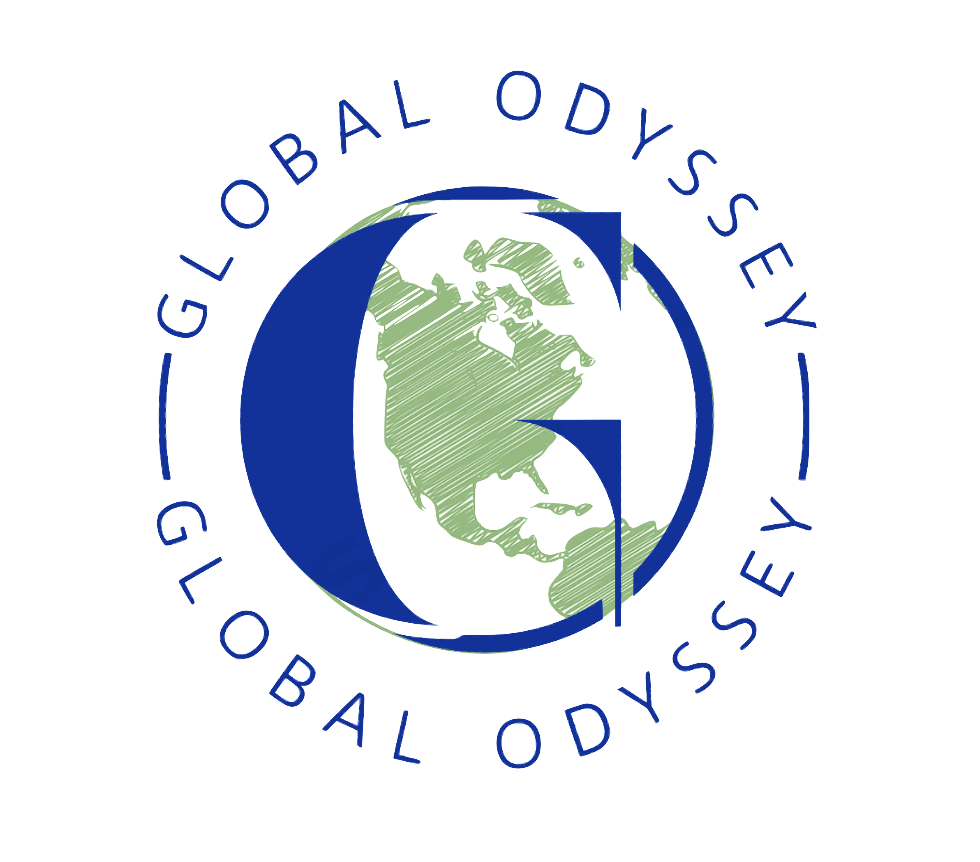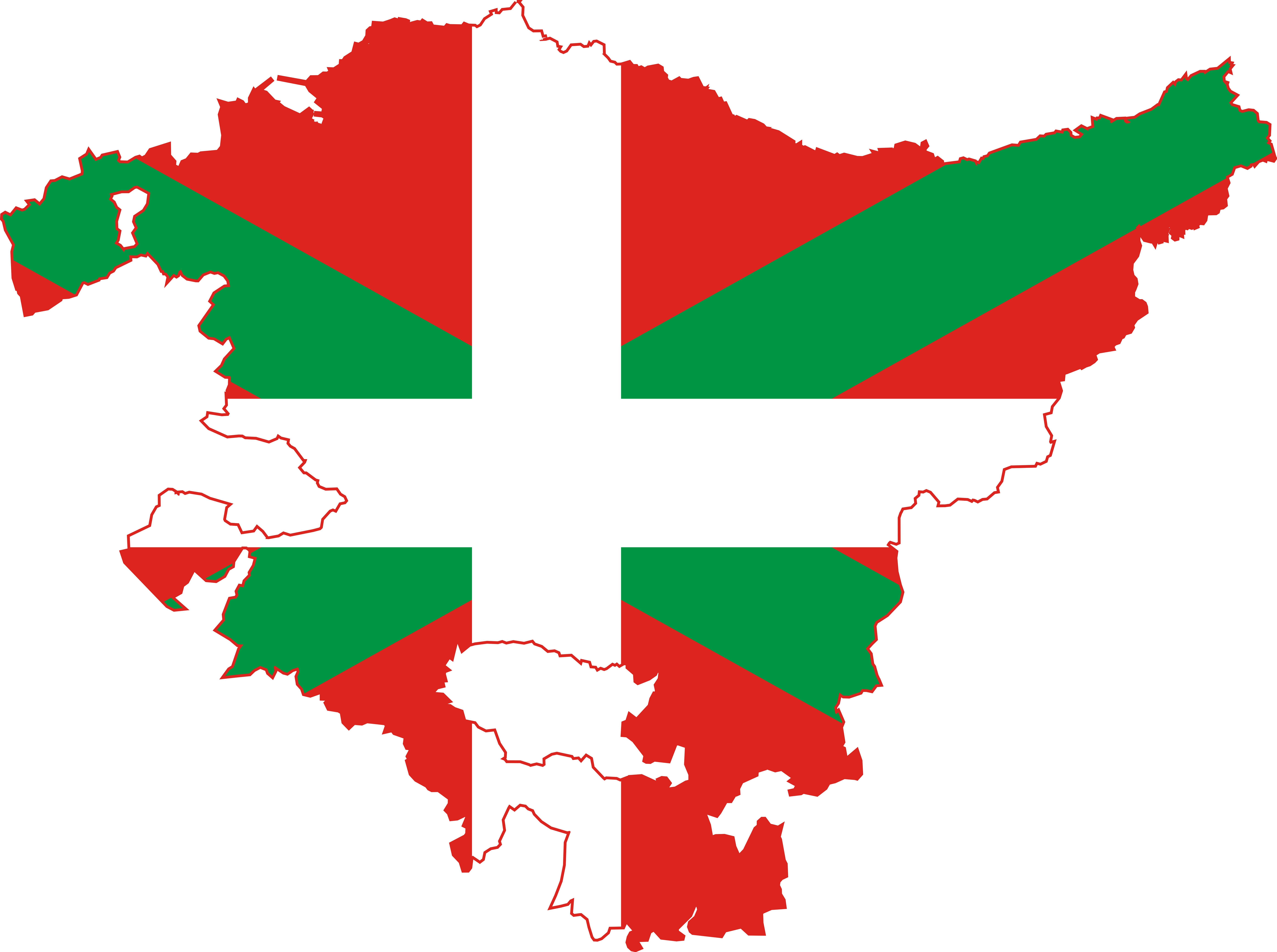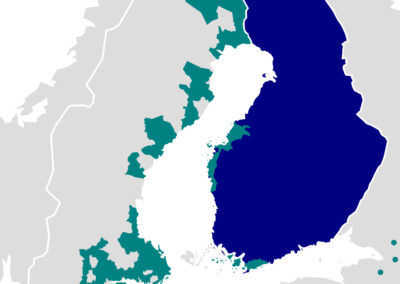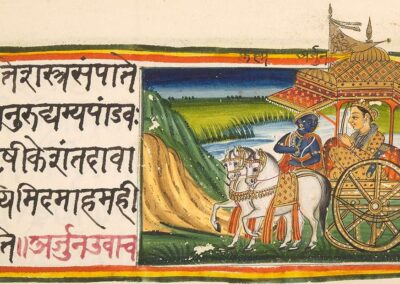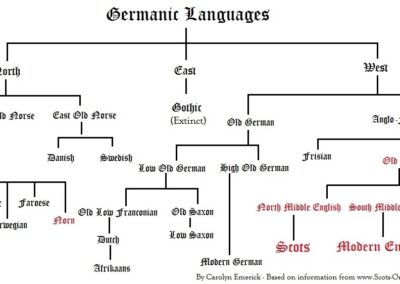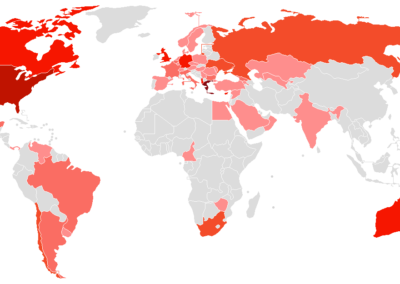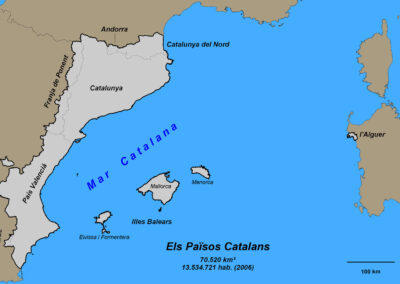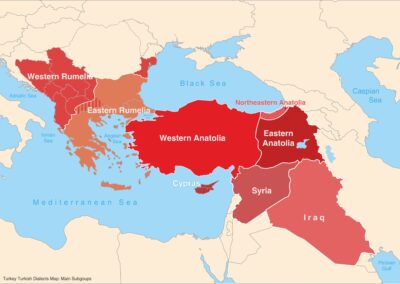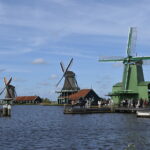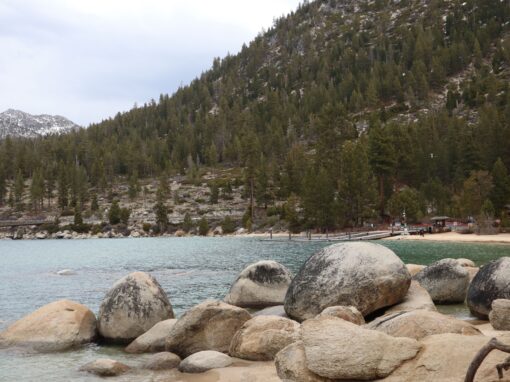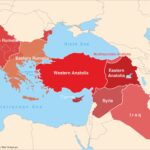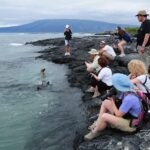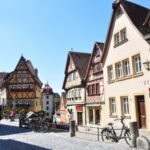The Basque language is a fascinating language on many levels and largely because it is a language isolate. This means it is a language without absolute any relationship or connection to another language.
It is the only remnant of the languages spoken in southwestern Europe before the region was Romanised in the 2nd through to 1st century BCE.
The language is the only surviving Paleo-European language spoken in Europe and predates the arrival of speakers of the Indo-European languages that dominate the continent today.
Basque, known locally as Euskara, is principally used in an area spanning over 10,000 square kilometres in Spain and France. It stretches across the westernmost Pyrenees in adjacent parts of Spain and France.
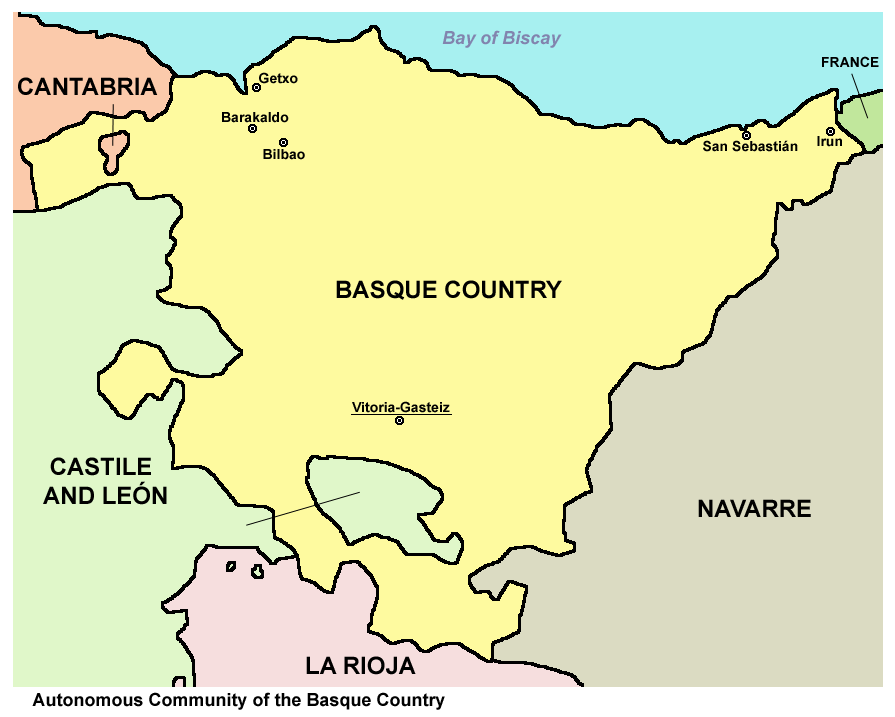
On the Iberian Peninsula in Spain, Basque is spoken in an autonomous community called the Basque Country, El País Vasco. The Basque Country incorporates the provinces of Gipuzkoa, Vizcaya and Navarra, and a corner of Álava.
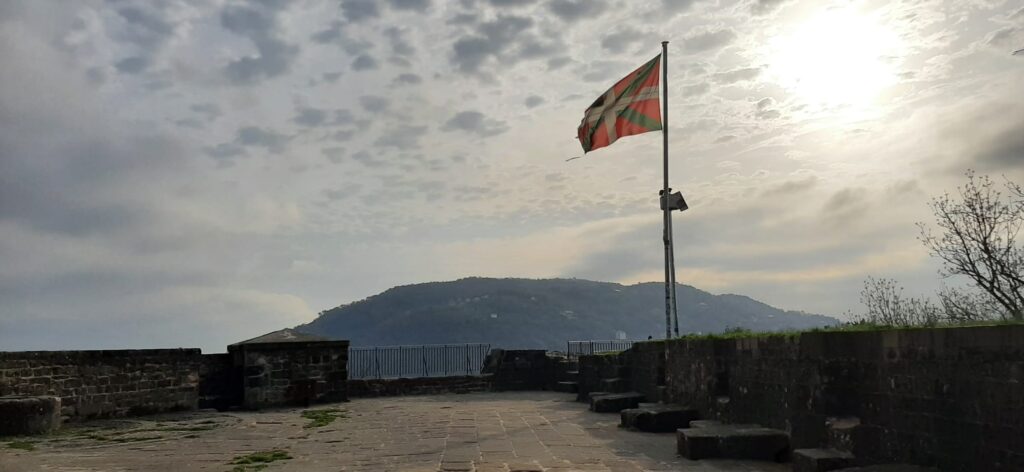
Meanwhile, in France, the area where Basque is spoken is concentrated in the western region of the département of Pyrénées-Atlantiques.
The population of Basque speakers is largely concentrated in Spain’s Basque Country. There are over 750,000 native Basque speakers in this region. At the same time, there are over 50,000 native Basque speakers in France.
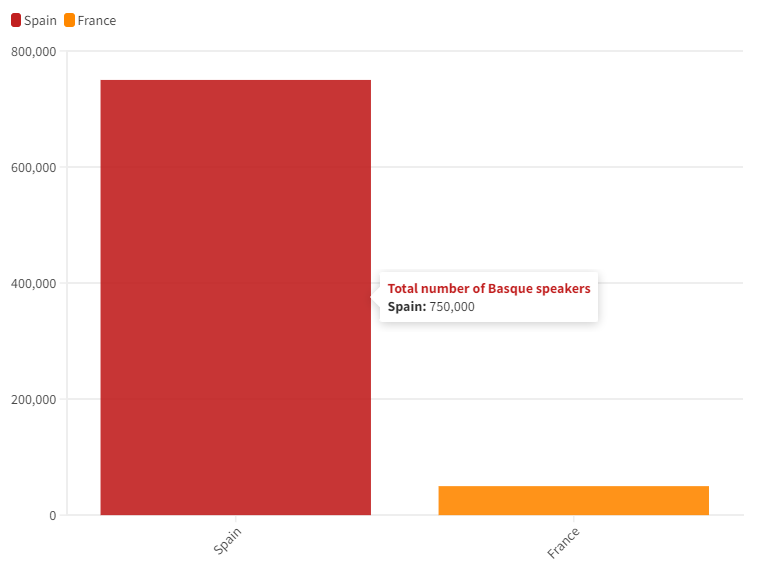
The total number of Basque speakers, which spreads beyond the Basque Country in Spain and France, sits at around one million and Basque speakers are largely bilingual. Basque speakers in Spain can largely speak Castilian Spanish while Basque speakers in France also tend to be fluent in French.
However, the Basque language has endured significant challenges to its growth, development and use over the years.
During the Spanish period of history under the dictator Francisco Franco, the use of the Basque language was heavily discouraged by the government’s repressive politics. It was heavily suppressed which included fines being given to people who spoke Basque on the streets. Basque was frowned upon by supporters of the Franco regime.
As a result, it took until the 1960s and later for the trend to reverse and for the language to enjoy a revival. Education and publishing in Basque began to flourish and the use of the language started to become more widespread again.
By 1978, both Basque and Castilian Spanish became the official languages of the autonomous Basque Country of Spain. It has enjoyed further growth in its usage with the Basque Country’s desire to seek independence from Spain over the years. The language has become a greater symbol of Basque identity and belonging in the region.
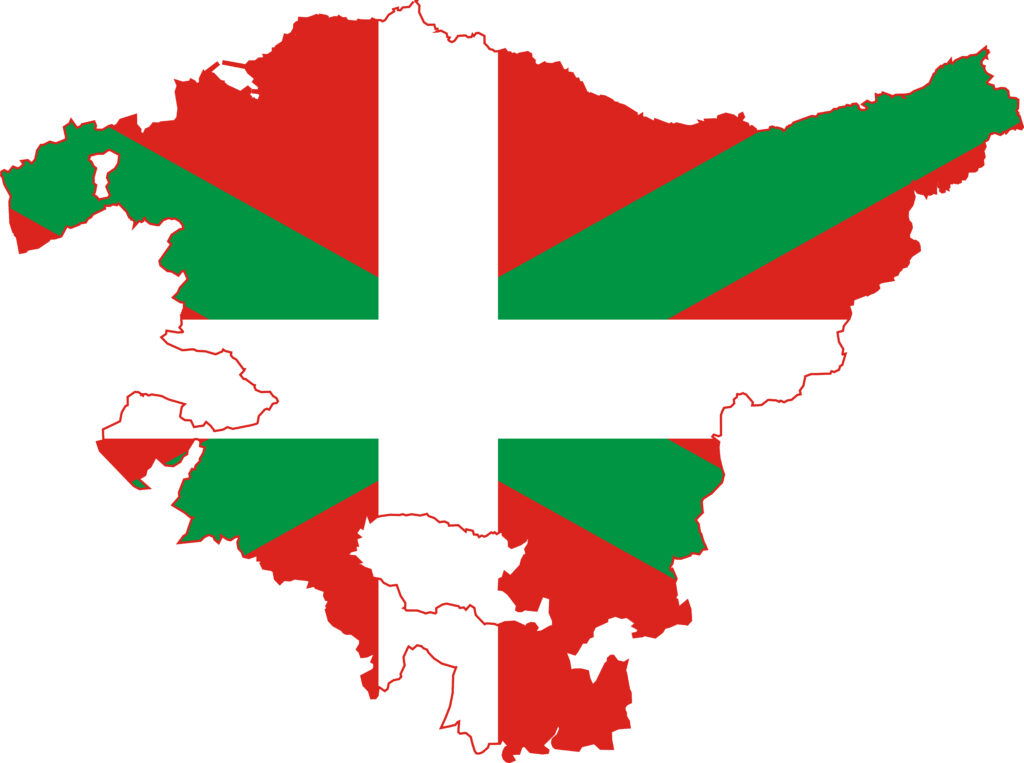
The five historic Basque dialects are Biscayan, Gipuzkoan and Upper Navarrese in Spain and Navarrese-Lapurdian and Souletin in France.
The standardised form of the language, called Euskara Batua, was developed by the Euskaltzaindia – the official academic language regulatory institution watching over the Basque language – in the 1960s.
Despite being a language isolate, Basque owes up to 40% of its vocabulary from Romance languages and the Latin script is used. The sound system is also remarkably similar to that of the Romance languages in spite of the big differences.
The current mainstream scientific view on the origin of the Basques and their language is that early forms of the language developed before the arrival of Indo-European languages in the area. These languages then became the most-spoken languages on the Iberian Peninsula.
Memorise these phrases before going to your trip to Italy
